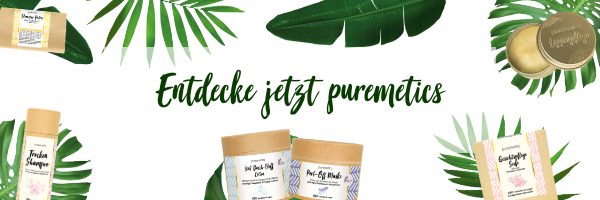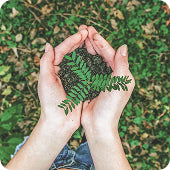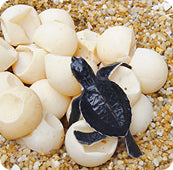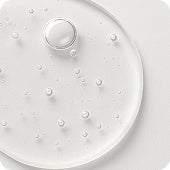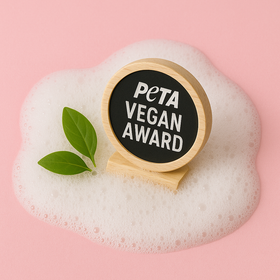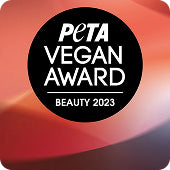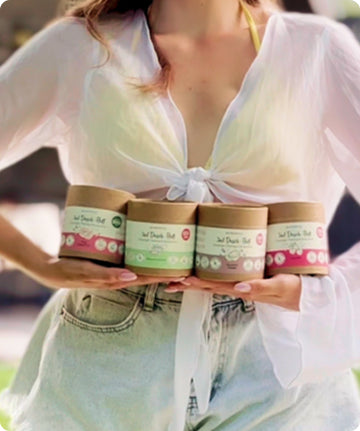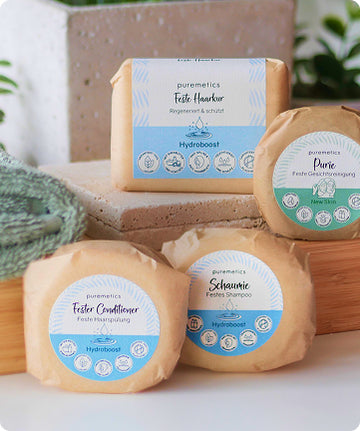These 5 gross ingredients are lurking in your cosmetics
These 5 gross ingredients are lurking in your cosmetics

Complicated names often hide ingredients that you definitely do not want in your cosmetics. Unfortunately, even natural cosmetics are not always vegan and animal-free. Look out for seals like Leaping Bunny or check the PETA list to make sure that no animal was harmed for your beauty. In this blog post we will introduce you to five animal ingredients and explain what is behind them.
Helix Aspersa Müller Extract (Snail Slime)
Snails produce their slime for locomotion and to ward off enemies. Some cosmetic manufacturers put the snails under stress, for example by exposing them to cold water, salt or acid. Yes, snail slime is said to be moisturizing due to the hyaluronic acid and vitamins it contains, support wound healing and be a good anti-aging agent. But not only that just the thought of thick mucus on your face is pretty disgusting... This cruel animal suffering really doesn't have to be.
Collagen and gelatin (pig skin and bones)
In fact, you can find pork in more products than you would like. Fatty acids from pork bones are sometimes found in soaps, shampoos or washing powders. Creams or face masks, on the other hand, often contain collagen, which is obtained from pig tissue. Even toothpaste sometimes contains fat and glycerin from pork bones. "If the animal is going to be slaughtered, then it's good if at least everything is recycled"... Okay, but unfortunately the cosmetics industry mainly uses the by-products because they are available in large quantities and cheaply.
Ambergris (substance from the digestive tract of sperm whales)
The grey, waxy substance is now only rarely used in perfume production. The pleasant scent of the substance is created by years of contact with air, light and salt water. Ambergris is found floating in the sea, but fresh ambergris is sometimes removed from the gut when whales are slaughtered.
Musk (glandular secretion)
Musk is a fragrance from the musk pouch of the musk deer that was used in the perfume industry and is still used in some countries. The substance is located in a gland in the abdominal area of the male animal. The musk deer has been hunted for decades and is still threatened with extinction, even though the fragrance is now largely synthetically produced.
carmine (dye from scale insects)
The red dye from scale insects has been used for a long time to color cosmetics, textiles and food. Carmine is made from the fertilized, dried females. The lice are boiled in water and some sulfuric acid. It takes more than 100,000 scale insects to produce one kilogram of carmine.
Which ingredient shocked you the most? In fact, the substances are natural, not chemical, and can therefore also be sold as natural cosmetics if this has not been checked with the appropriate seals. Unfortunately, the term natural cosmetics is not protected and is therefore often misused. So make sure that the products you buy are vegan and not tested on animals.
If you would like to be informed directly about the latest blog posts, please follow us Instagram ! :-)

